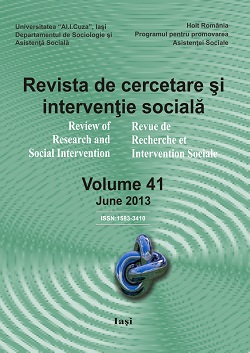A Public Health Challenge – Influences on Alcohol Pattern in Liver Cirrhotic Patients with or without Diabetes Mellitus
A Public Health Challenge – Influences on Alcohol Pattern in Liver Cirrhotic Patients with or without Diabetes Mellitus
Author(s): Anca Trifan, Stefan CHIRIAC, Mihaela Covrig, Robert Negru, Florin Mitu, Maura Gabriela Felea, George Ioan PandeleSubject(s): Social Sciences
Published by: Expert Projects Publishing
Keywords: public health; elderly; liver cirrhosis; alcohol habits; arrhythmic events; diabetes mellitus;
Summary/Abstract: The alimentary culture, especially the alcohol consumption, has a major impact, being responsible for many important diseases, a burden to public health and the therapeutic strategies. According to the World Health Organization, the average alcohol consumption per capita and per year in Romania is 24.48 litres of pure alcohol. The alcohol consumption is a proven risk factor for diabetes mellitus, generating a heavy financial burden on the health care and social system. We have included in our study 33 patients with hepatic cirrhosis, with or without diabetes mellitus, who were admitted in three medical departments, in Iasi, Romania. We focused on their perception upon the findings on the holter ECG, and the way those results have induced changes in the patient dinking habits. The diagnosis of hepatic cirrhosis was made on laboratory findings, and by imagistic methods. Patients under 50 years of age were the most prone to change the alcohol consumption due to the risk of aggravation of the disease. The vital risks associated with the arrhythmic events recorded on the holter ECG, even when clearly presented to our patients, didn’t generate a change in drinking habits in almost half of the patients. In order to contribute to a major changing in patient attitude towards the drinking habits, these cardiac investigations should be associated with other methods in order to achieve the desired results. The associated diabetes increased the patient compliance to the recommended lifestyle changes, including drinking habits.
Journal: Revista de Cercetare şi Intervenţie Socială
- Issue Year: 2013
- Issue No: 41
- Page Range: 96-105
- Page Count: 10
- Language: English

